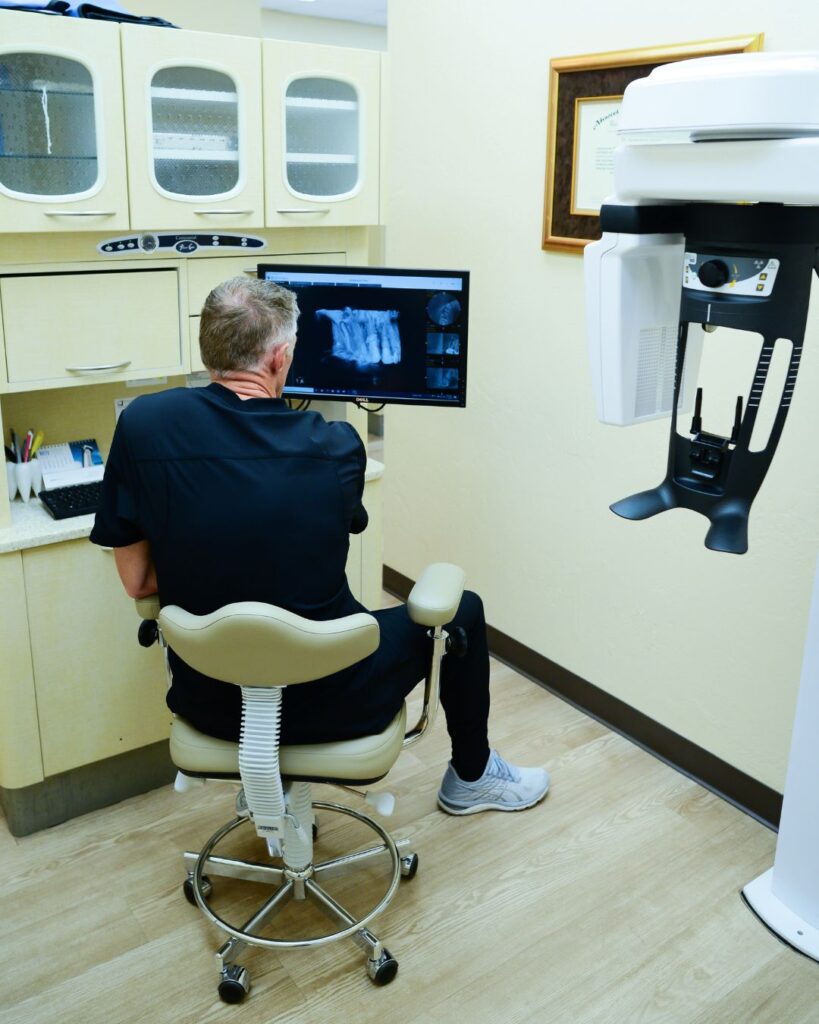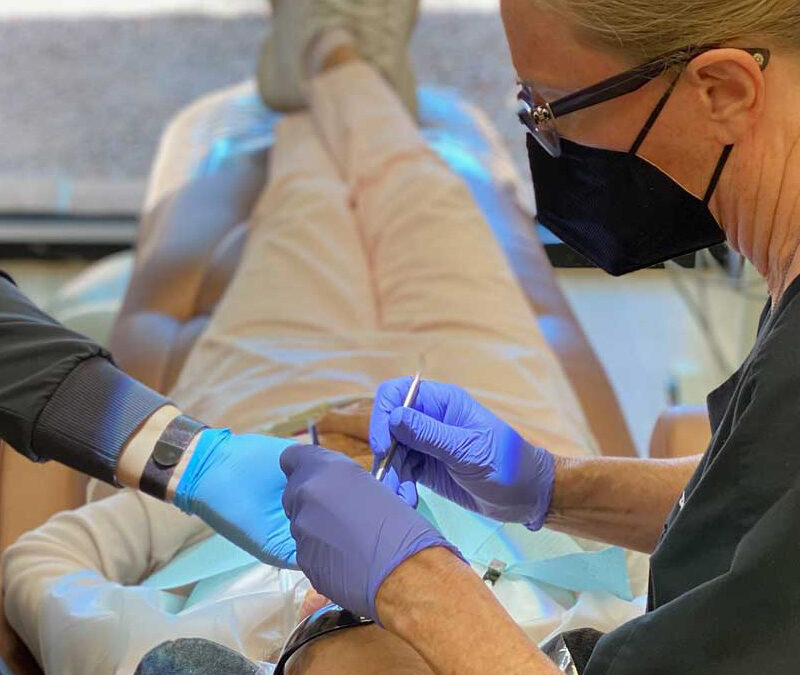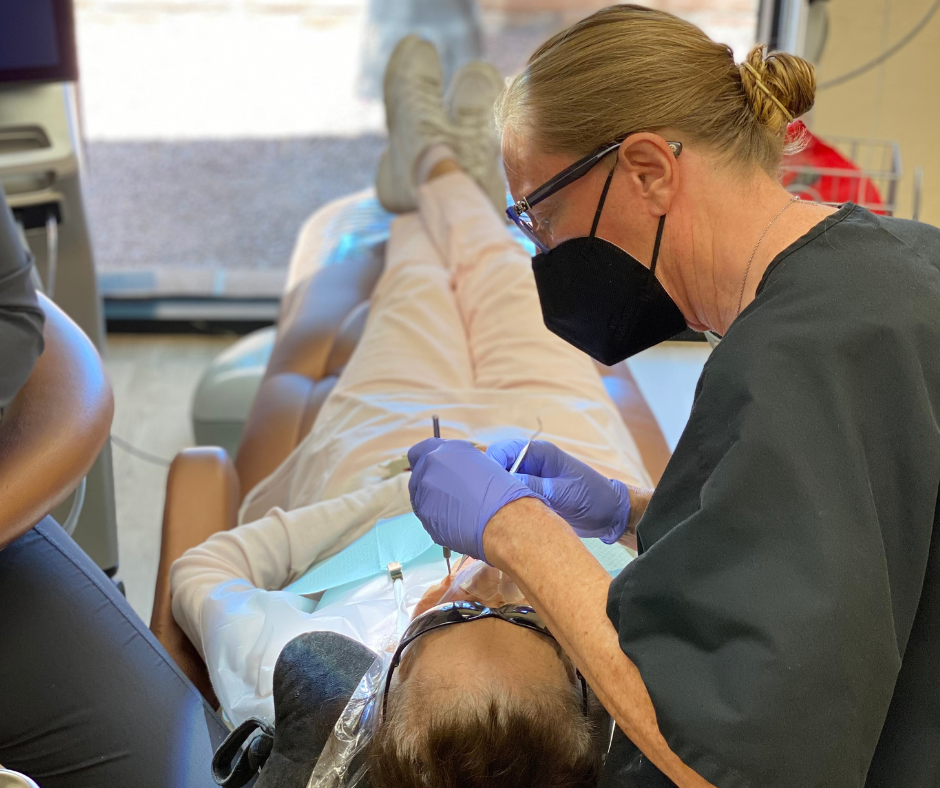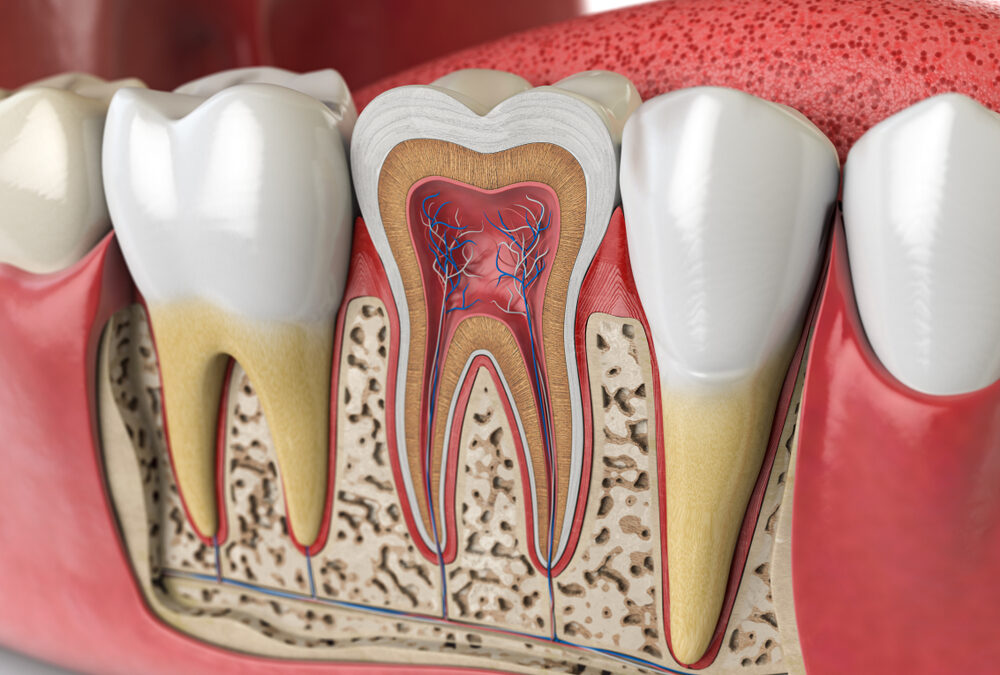
What to Expect After a Root Canal: Recovery and Aftercare Tips
Following a root canal, success depends on more than what your doctor, dentist, or endodontist does – you play a critical role in recovery by paying close attention to your aftercare instructions.
aftercare instructions.
In this post, we’ll look at three important areas of root canal aftercare: pain management, post-procedure food choices, and daily oral care. Monitoring these areas after your root canal helps your body heal well and lays the groundwork for continuing good health.
Root Canal Aftercare Tips To Enhance Your Recovery
After your root canal, you’ll leave the office with any written recovery directions your practitioner has for you. Your next steps are easy: relax, wait for the local anesthesia to wear off before eating, and pay attention to how you feel.
- Pain Management – You may feel sensitivity in the treated tooth. This can be managed with over-the-counter pain relievers. If you feel severe pressure or pain in the tooth, call your endodontist promptly for a consultation.
- Post-Procedure Diet – Eat a soft-food diet for a short period after treatment to facilitate recovery. Recommended options include scrambled eggs, yogurt, mashed potatoes, lukewarm soups, meatloaf, pasta, and cooked or canned fruit. Avoid sticky foods, hard foods, and extremely hot or cold food and drink.
- Daily Oral Care – Your endodontist may direct you to swish with salt water for the first few days after your root canal. Beyond that, maintain your daily dental care routine, including flossing (be careful around the treated tooth), and twice-daily brushing.
Don’t Forget Your Crown!
A critical part of root canal aftercare involves returning to your general dentist to have a crown placed on the treated tooth. This protects your natural tooth from further damage and decay. You should have this done within a week or two of your root canal.
Call Our Office Today To Discuss Your Root Canal Aftercare Plan
The staff at the Phoenix Endodontic Group is happy to walk you through your root canal aftercare plan and answer any questions concerning your recovery. Call us at 602-242-4745 to make an appointment. We offer emergency treatment options during or outside regular office hours.


 involved. However, it’s important to look beyond the moment when a natural tooth is at risk.
involved. However, it’s important to look beyond the moment when a natural tooth is at risk.




